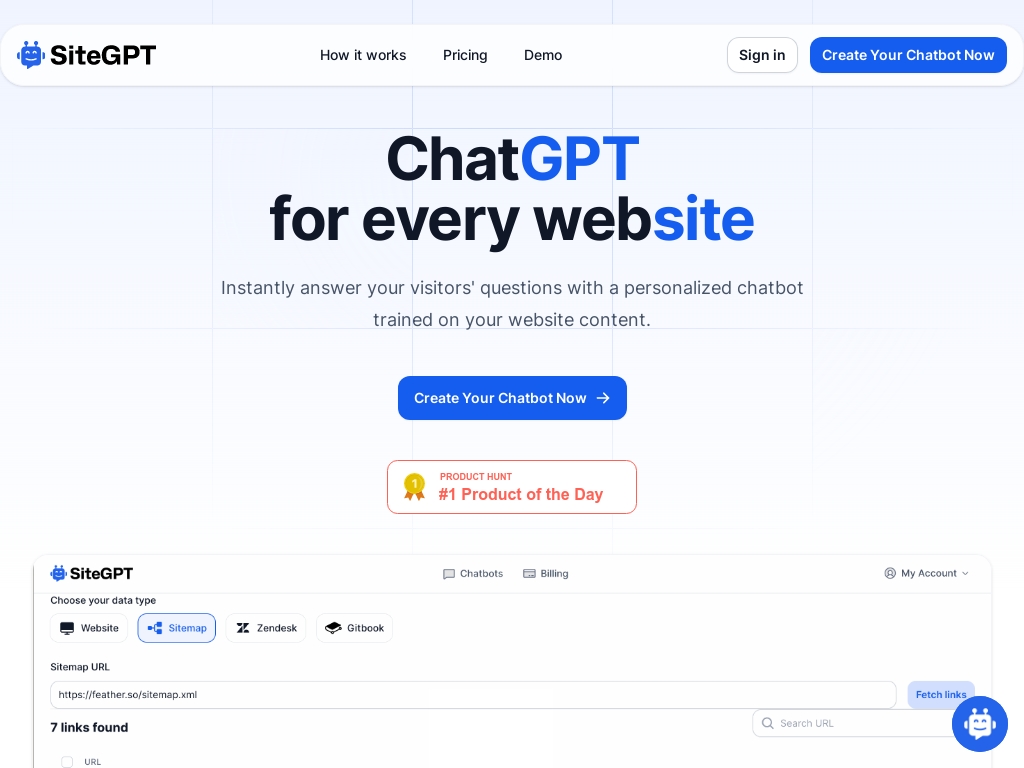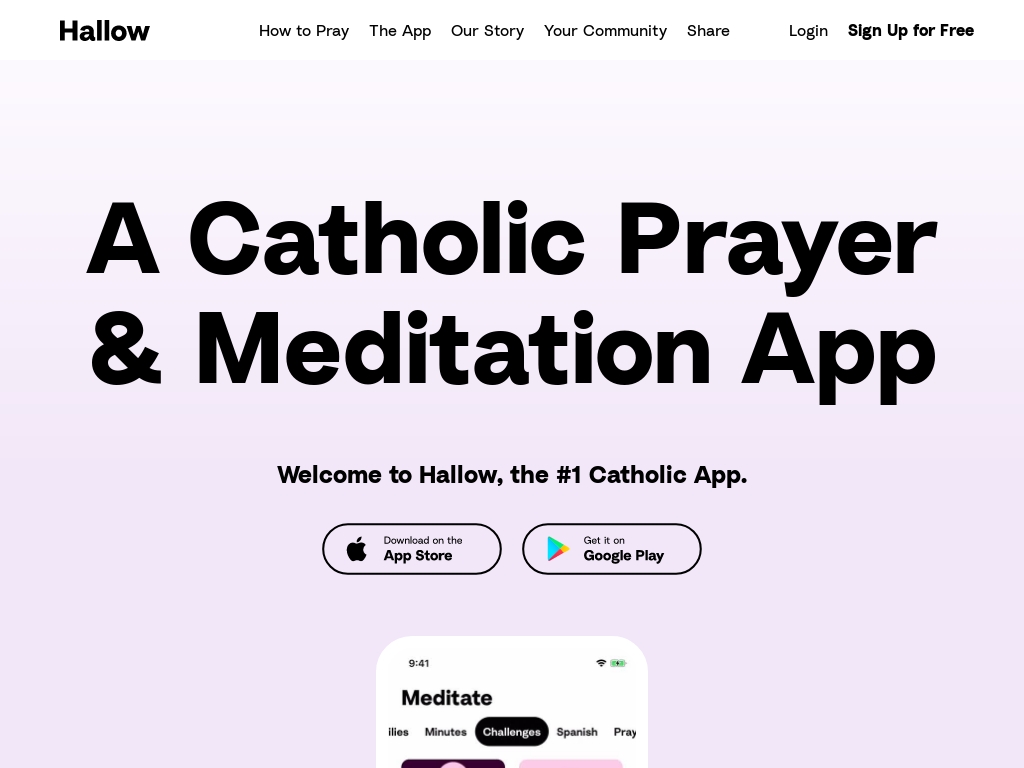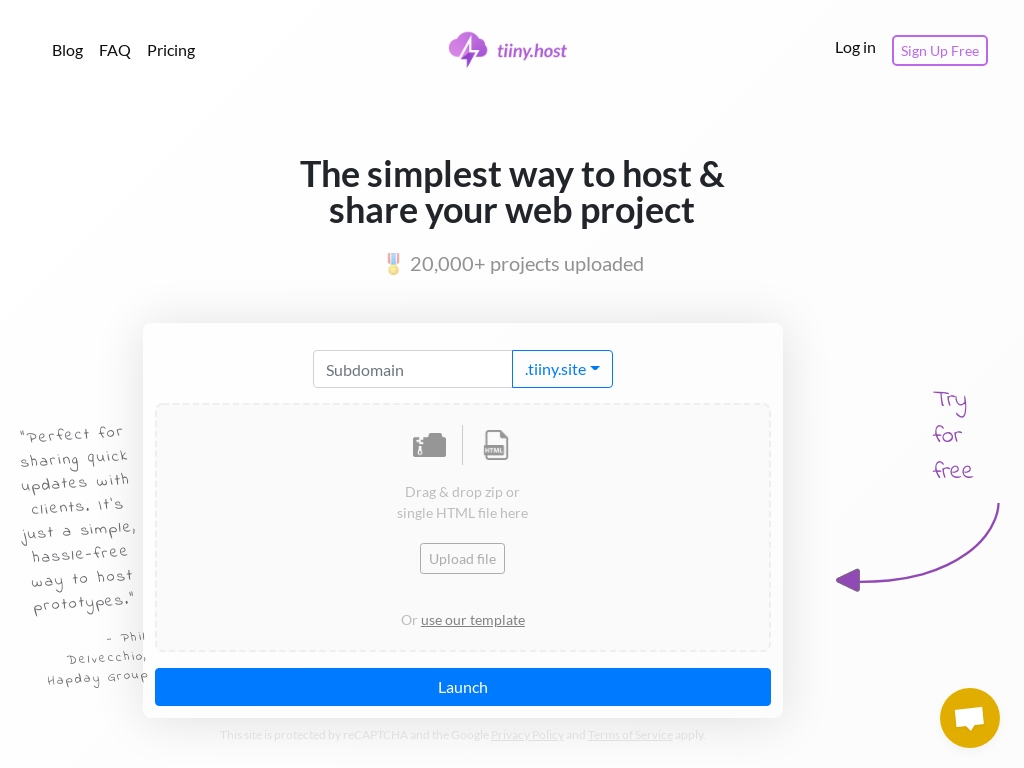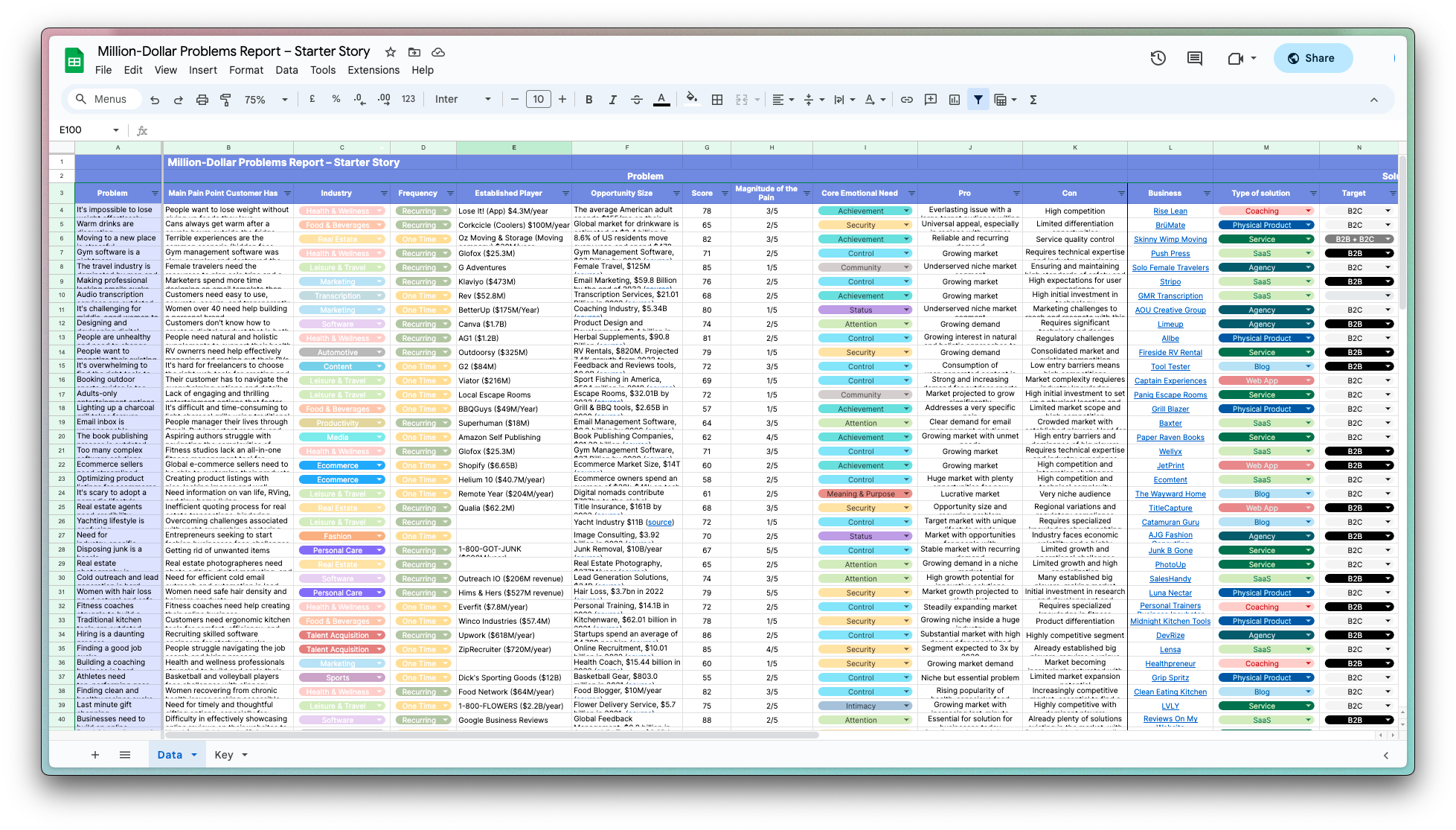
How Our Template App Project Makes $100K/Year
Who are you and what business did you start?
Hi, I'm Sunil Joshi. Together with my co-founder, Nirav Joshi, I run AdminMart. We're passionate about helping developers build fantastic web applications faster and more efficiently. We specialize in crafting premium admin dashboard templates designed for a variety of modern frameworks. Our primary customers are software developers, small to medium-sized businesses, and even larger enterprises looking for a solid foundation for their internal tools, SaaS platforms, or custom applications.
What truly sets AdminMart apart is our commitment to creating visually appealing templates and highly functional, well-documented, and easy-to-customize solutions across a wide range of popular frameworks. This allows developers to spend less time on repetitive tasks and more time on innovation. We pride ourselves on excellent support and ensuring our templates are always up-to-date with the latest technology. Today, we bring in around $7500K/month.

My image

How do you come up with the idea for AdminMart?
The idea for AdminMart actually stemmed from a shared frustration Nirav and I experienced as developers. We were constantly starting new projects and spending valuable time wrestling with the same basic layouts and admin interfaces. It felt like we were reinventing the wheel every single time! We’d spend hours customizing open-source templates, fighting with inconsistencies, or trying to find something that was both functional and aesthetically pleasing. This led to the "aha" moment – we realized there was a clear need for high-quality, professionally designed admin dashboard templates that were readily adaptable to multiple frameworks.
How did we know it was the right idea? Well, we weren’t just throwing darts. We’ve been in the web development field for years; Nirav and I both have strong backgrounds in front-end development and UI/UX design. We deeply understood the pain points developers faced, because we’d been through it ourselves. This wasn’t like some of the other business ideas we’d tossed around, which were often more theoretical. This one was rooted in a real problem we had direct experience with and knew many others shared. To validate the idea, we started by talking to other developers, looking at existing market solutions, and seeing where they fell short. We even built a few prototype templates and shared them within our network, gathering crucial feedback which helped us shape AdminMart into what it is today. The positive responses, and the tangible time-saving benefits that we and others experienced, confirmed that we were on the right path.
How did you build the initial version of AdminMart?
Step-by-Step Process:
- Market Research & Niche Definition: Our first step wasn't coding, but rather deeper market research. We analyzed existing template marketplaces, identified the gaps in quality and framework coverage, and specifically decided to focus on a handful of popular frameworks like React, Angular, and Vue.js. This gave us a defined target audience and a clear direction.
- Initial Template Design: We started by focusing on creating a single, high-quality admin dashboard template. This was designed to be versatile enough to showcase our core design principles, including a modern aesthetic, clean code, and intuitive navigation. We didn’t jump into multiple frameworks right away, we started with one framework (React in our case).
- Core Features Development: We focused on building out the core features common to most admin dashboards: a sidebar navigation, a header with user profiles, table components, forms, charts, and notification systems. The key was to ensure these core elements were not only functional but also easily customizable.
- Documentation & Support Structure: We built out good documentation so developers could easily install and use our templates. We also decided we would provide support to anyone who purchased our templates, to make sure the user experience was great.
- Basic Website Build: To host our product, we created a simple website, highlighting the features of our initial product and providing a way for users to view and purchase our templates.
- Initial Testing: Before launching to the public, we shared our template with a small group of trusted developers for initial testing and feedback. This process was important for debugging and getting an outside perspective.
- Launch: We launched our first template for sale, and started our marketing strategy on social media.
Starting Costs:
- Website Cost: We started with minimal costs on our website, utilizing shared hosting and a basic theme, totaling around $500 for the first year.
- Hiring Developers: As the founders, Nirav and I did the majority of the design and development for the first version so we did not need to hire developers.
- Patents/Legal: We didn't invest in patents or formal legal work at this initial stage, instead we opted to just register the domain name and make sure we were compliant with current laws and regulations.
Business Model: Our business model has remained consistent: we sell licenses for premium admin dashboard templates. Our focus has always been on quality over quantity, with a high value perception. We believe in providing the best possible customer experience and support. We do plan on launching a subscription plan soon, but we haven’t implemented that into our business model yet.
Financing: We financed the business entirely through our personal savings. We wanted full control and didn't want to take on debt or investment early on. This allowed us to move quickly and maintain flexibility.
Tools Used:
- Development: Visual Studio Code, React, HTML/CSS, Javascript.
- Design: Figma.
- Website: WordPress
- Version Control: Git with GitHub.
Time to Build:
It took us approximately 3 months to build and launch the first version of our product. This included the initial template, documentation, website, and testing.
Experience of Building: It was definitely a challenging but rewarding experience. Initially, it was harder than we thought because both Nirav and I had full time jobs. Balancing a startup and full time job is not easy. The constant need to solve unexpected coding issues, optimize design elements and ensure cross-browser compatibility, was definitely testing, however we learnt a lot. The most difficult thing is not getting burnt out while working full time and running a startup at the same time.

My image

My image
How did you launch AdminMart and get initial traction?
How We Launched:
Our launch was fairly targeted and focused. We didn't go for a massive, splashy campaign. Instead, we opted for a more organic approach to build a community, focusing on the communities we knew we would have a customer base in.
- Social Media Announcement: Our primary method for telling the world we were in business was through targeted social media posts. We focused on platforms where developers tend to hang out, like Twitter (now X) and relevant subreddits on Reddit. We posted high-quality screenshots and demos of our initial template, highlighting the features and benefits to potential customers.
- Developer Forums & Communities: We actively participated in developer forums and communities like Stack Overflow and specialized forums related to React, Angular, and Vue. We contributed to discussions and subtly introduced our template when it was relevant, offering solutions to common problems developers face.
- Content Marketing: We started a simple blog on our site where we would post articles about web development and front end development topics. This helped with SEO and getting our name out there.
- Email List: Before launching we collected emails through a landing page with a freebie to give to those who signed up. This was a great way to announce our launch and directly get into people’s inboxes.
Tactics and Strategies:
- Focus on Value: Our messaging focused on the time-saving benefits of our templates and the pain point of developers needing to create their own admin templates over and over. We emphasized the high-quality and customizability.
- Show, Don’t Just Tell: We always included visuals - screenshots and short videos - to showcase the actual template, which proved way more engaging than just a text description.
- Community Engagement: We made an effort to be active and responsive in online communities. We answered questions, offered support, and demonstrated that we were genuinely passionate about helping other developers.
Response to Launch:
The response to our launch was generally positive. Developers appreciated the modern design and clear structure of our templates. A lot of developers were excited about the time-saving benefits and the fact that it wasn’t just another poorly designed open source template. We also got some valuable feedback on the first few weeks from people who had questions or needed support which we were quick to react to.
Lessons from the Launch:
- Focus on Your Niche: We learned the importance of focusing on the specific pain points within our niche. By targeting a specific audience we were able to see faster traction.
- Community is Key: Actively engaging with the community proved to be more effective than just broadcasting promotional content. We realized we needed to be active listeners as well as active promoters of our templates.
- Be Responsive: Responding to user feedback and questions quickly and attentively was crucial in building trust and loyalty.
The Story of Our First Dollar (First Sale):
Our first sale came about two weeks after our official launch. It was a random purchase, and we were both so shocked when we got the Stripe notification that someone had purchased our template. We were so excited, that we both called each other right away to celebrate. It was validating and empowering to see that someone we didn’t know was willing to pay money for the product that we had built. This motivated us to improve our template and our business.
Attracting the First Few Clients:
- Consistent Social Media: Continually posting on social media helped attract people who were specifically looking for admin templates.
- Word of Mouth: Happy early customers started to mention us to other developers in their network. This organic reach was a great asset.
- Valuable Content: Continued content marketing like the blog posts and our freebie attracted more developers to our products.
Time to First Dollar:
As mentioned above, it took about 2 weeks to make our first dollar after launching. It felt much longer!
Lessons Learned:
- The Importance of Consistency: We learned that consistency in both product development and marketing efforts was crucial. It wasn't just about launching but also about consistently putting ourselves in front of the audience.
- Validation is Powerful: The first sale was not just a financial gain but a huge validation of our idea and the hard work we put into building AdminMart.
- Community is Everything: Building strong relationships with our initial customers and the larger community has been more valuable than any marketing campaign.
What was the growth strategy for AdminMart and how did you scale?
Tactics and Strategies for Growth:
We've taken a multi-pronged approach to growing our customer base, focusing on both organic and targeted strategies. Here's a breakdown:
- SEO Optimization: We started by doing keyword research to see how users find our product. Once we found the right keywords, we improved our website and blog so we could rank higher for those keywords. We focus on long-tail keywords related to specific frameworks ("React admin dashboard template," "Angular admin panel," etc.) to attract users actively searching for our kind of solutions. We also write in-depth blog posts related to web development.
- Active Social Media Engagement: We've continued using X (formerly Twitter), but we've also expanded to Instagram and LinkedIn. We consistently share visual content, such as template previews, user testimonials, and development tips, with the intent of reaching a wider audience. We utilize relevant hashtags and engage in conversations to amplify our reach.
- Email Marketing: We regularly send out newsletters to our subscriber list. We share new template releases, special promotions, and valuable web development content. We've segmented our email lists to send tailored content, improving engagement and conversions. We use freebies to attract people to sign up for our newsletter.
- Partnerships & Collaborations: We've started exploring partnerships with other developers and agencies. We offered affiliate programs to other developers with an audience to get more referrals.
- Paid Advertising (Targeted): We've experimented with targeted ads on Google and social media, specifically focusing on users interested in specific frameworks and web development. We started small with a low budget and then increased spending as we refined our ad campaigns.
Channels Used for Growth:
- X (Twitter): We initially used Twitter to announce our launch and get some early traffic. This is still one of our most successful channels. We’ve built a great following of developers that use our products.
- Reddit: Reddit is a great channel for discussions and we try to be active in the subreddits for front-end developers.
- LinkedIn: We've found LinkedIn effective for reaching other businesses and larger enterprises that are looking for administrative dashboard templates.
- Newsletter: This is the best channel for retention. We send out updates about new templates and give special offers to those in our email list.
- Instagram: This is more for brand awareness and for sharing product visuals.
- Our Blog: By creating blog posts related to web development, we’ve attracted many developers looking to learn more about the topic and then buy from us.
Real Example: The "Freebie" Strategy
One specific strategy that worked well for us was offering a free, high-quality "starter" admin template (or a "light" version of an existing template). We used it as a lead magnet across our platforms to drive users to sign up for our email list.
Why This Strategy Worked:
- High Value: By offering a free product of significant value, we attracted developers looking for useful resources and made them more likely to become paying customers later on.
- Email List Growth: The freebie helped us dramatically grow our email list, creating a direct communication channel to promote new templates and offers.
- Demonstrated Quality: It showcased the quality of our work, building trust and establishing us as a reliable source for admin templates. It gave developers a first-hand experience of the quality of our products and our support.
- Lead Generation: The freebie not only built our email list but was also able to get users to purchase our templates.
Recommendations for Aspiring Entrepreneurs:
- Focus on Your Niche: Don't try to be everything to everyone. Identify your target audience and cater to their specific needs.
- Build a Community: Engage with your customers and create a community around your product. Community can be an advantage to your business over your competitors.
- Be Consistent: Growth takes time and consistent effort. Don't give up if you don't see results immediately.
- Test and Iterate: Be willing to experiment with different growth strategies and constantly iterate based on the results.
- Offer Value: Provide value to your customers, not just a product. Offer excellent support, helpful content, and resources that will make their lives easier.
- Track Your Results: Don’t just try random tactics, you need to keep track of how things are going so you can double down on what works.
- Leverage Your Strengths: Focus on your strengths and let your personality show. This will make your brand more genuine and more likely to attract customers.
By consistently applying these strategies, we've been able to steadily grow AdminMart and establish ourselves as a trusted source for high-quality admin dashboard templates. We’re still learning and constantly experimenting, but this approach has been key to our success.
What were the biggest lessons learned from building AdminMart?
Mistakes, Missed Opportunities & Challenges:
Underestimating Time Commitment: We significantly underestimated the time and energy required to run a startup while working full-time. This led to some burnout and slower progress in the early days. We should have planned more carefully for time management and workload distribution.
Delayed Focus on SEO: We initially prioritized social media and community engagement but didn't fully leverage SEO in the early days. We missed an opportunity to build organic traffic sooner, which has been a slow learning process.
Fear of Delegation: In the beginning, we tried to do everything ourselves, which wasn't sustainable. We should have delegated tasks sooner, whether that be hiring a freelancer or getting someone else to help with some tasks.
Analysis Paralysis: There were times when we spent too much time analyzing options instead of taking action. We got bogged down by details and missed out on some opportunities.
Customer Support Scaling: As our customer base grew, we realized that our initial support setup wasn't scalable enough. This was a valuable lesson for making sure that we can properly respond to our customers.
Good Decisions We Made:
Focus on Quality: We always prioritized creating high-quality, well-documented templates over rapidly releasing multiple products. This built trust and established us as a reputable brand.
Community Engagement: Actively engaging with our community, listening to feedback, and building relationships has been invaluable.
Starting Lean: We bootstrapped the business using our savings, which gave us full control, flexibility, and forced us to be resourceful.
Focusing on a Niche: Focusing on a specific type of product (admin dashboard templates) allowed us to excel in this space and become a leader in this niche.
Creating a Strong Visual Identity: Putting effort into making our brand look professional really helped separate us from the crowd.
Forces Out of Our Control (Luck, Timing, Trends):
Timing of Framework Popularity: The increasing popularity of frameworks like React, Angular, and Vue.js coincided with our launch, creating a ready market for our templates.
Trend Towards Developer Productivity: There's been a clear trend towards developers seeking tools to accelerate their workflow. This played into our offering.
Supportive Community: The web developer community is generally very supportive. This has been beneficial for us, as people have been open to sharing our products and providing feedback.
Lessons Learned and Application:
Prioritize Ruthlessly: We've learned to prioritize tasks based on impact and delegate where possible. We’ve become better at saying “no” and focusing on our strengths.
SEO is a Long Game: We’ve become committed to consistently investing in SEO as a long-term growth strategy. We’ve gotten better at writing blog posts and seeing the value in this strategy.
Customer Feedback is Gold: We've learned to actively seek, listen to, and implement customer feedback, improving both our products and processes.
Don't be Afraid to Fail: It’s okay to fail at something. In fact, it’s good to do so because we can learn valuable lessons from the failures we experience.
Helpful Habits/Abilities/Skills:
Problem-Solving: Our development background has made us strong problem-solvers, which is essential for overcoming startup challenges.
Persistence: We are persistent and don’t give up easily, this has allowed us to continue to push ourselves even when things are difficult.
Adaptability: The ability to adapt quickly to change and new circumstances has been incredibly important. We are always changing our processes and trying new things.
Communication: Clear and open communication has been key to both our internal team and external stakeholders.
Empathy: We empathize with the challenges our customers face and use that to guide our product development and support.
Top Tips and Learnings (Not Obvious):
Focus on the Process, Not Just the Result: Appreciate the small wins and the journey of building a business. The results take time, but the journey can still be enjoyable.
Build a Brand, Not Just a Business: Focus on creating a strong brand identity, that will attract people to your product.
Your Network is Invaluable: Relationships and connections will open up opportunities that you could never have seen coming.
Take Care of Yourself: Burnout is a real risk, prioritize your well-being and mental health.
Mistakes We Often See Others Making:
Trying to be Perfect: Many new entrepreneurs try to have everything perfect before launching. Just start and make the adjustments later.
Ignoring the Community: They don’t engage with their community or respond to feedback, resulting in missed opportunities.
Not Being Patient: New business owners expect overnight success. Be patient, focus on the process, and the results will come.
Not Learning From Mistakes: Entrepreneurs should accept and learn from the failures they experience.
Inspire Us!!!
Starting a business is a marathon, not a sprint. There will be highs and lows, but the key is to remain persistent, adaptable, and committed to your vision. Don’t be afraid to fail because that's where you'll learn the most. Be passionate, focus on your community, and create a product that provides real value. It’s not about overnight success; it's about continuous improvement and growth. The journey of creating something from nothing is incredibly rewarding, so embrace the challenge and enjoy the ride!
Discover Similar Business Ideas Like AdminMart
|
|
Idea
|
Revenue
|
|---|---|---|
|
PDFShift
|
HTML-to-PDF conversion API service.
|
$8.5K
monthly
|
|
SiteGPT
|
AI chatbot trained on your website content.
|
$15K
monthly
|
|
Hallow
|
"Catholic prayer and meditation app fostering faith growth."
|
$278K
monthly
|
|
tiiny.host
|
Static website hosting made simple for everyone.
|
$15K
monthly
|
|
Studio Wombat
|
WooCommerce plugin developer for enhanced e-commerce features.
|
$15K
monthly
|
|
Treendly
|
Trend-spotting platform for untapped market insights.
|
$1K
monthly
|
|
ScreenshotOne
|
API for capturing website screenshots easily.
|
$2.2K
monthly
|
More about AdminMart:
Who is the owner of AdminMart?
AdminMart is the founder of AdminMart.
When did AdminMart start AdminMart?
2018
How much money has AdminMart made from AdminMart?
AdminMart started the business in 2018, and currently makes an average of $90K/year.
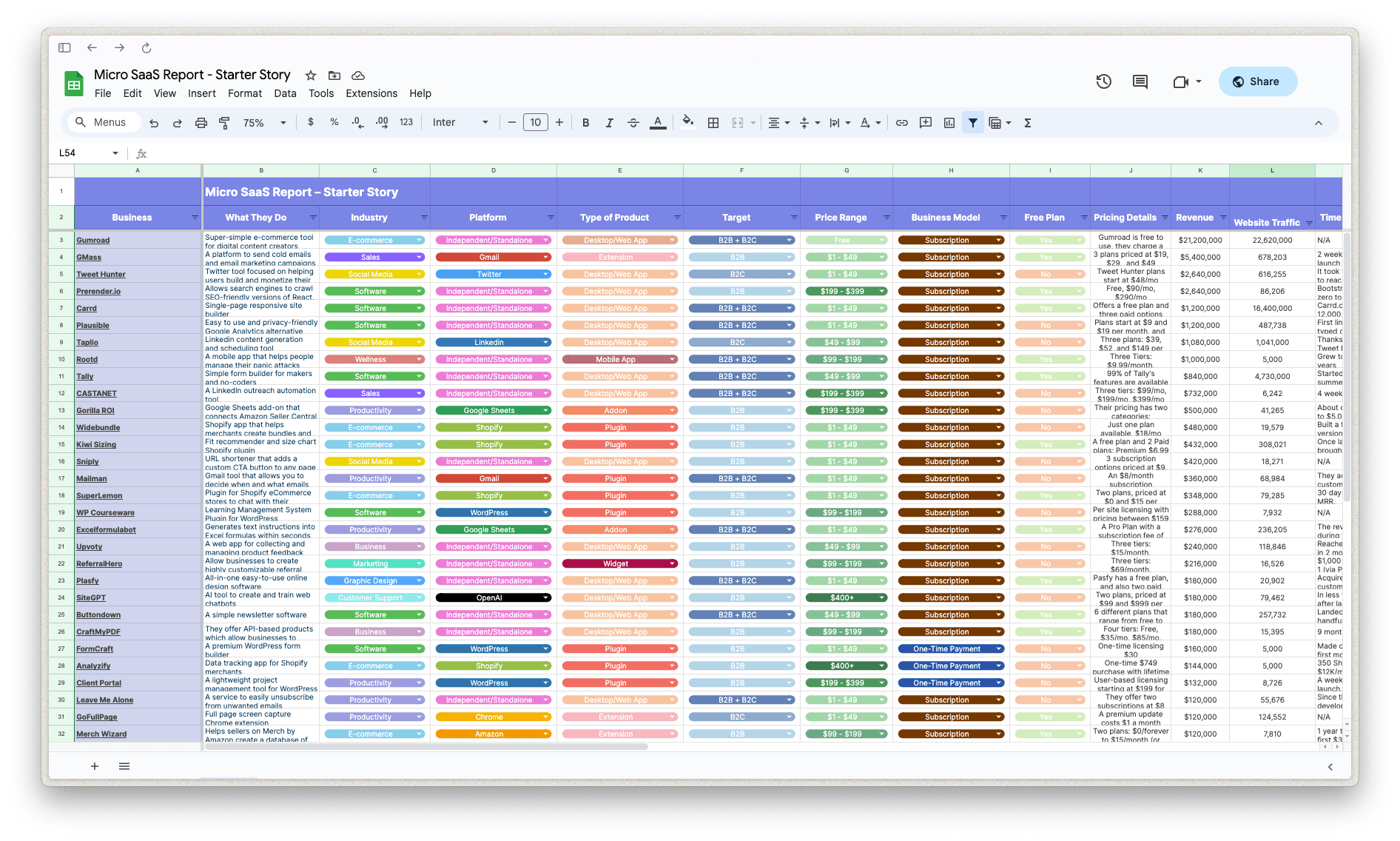
Download the report and join our email newsletter packed with business ideas and money-making opportunities, backed by real-life case studies.

Download the report and join our email newsletter packed with business ideas and money-making opportunities, backed by real-life case studies.

Download the report and join our email newsletter packed with business ideas and money-making opportunities, backed by real-life case studies.

Download the report and join our email newsletter packed with business ideas and money-making opportunities, backed by real-life case studies.

Download the report and join our email newsletter packed with business ideas and money-making opportunities, backed by real-life case studies.

Download the report and join our email newsletter packed with business ideas and money-making opportunities, backed by real-life case studies.

Download the report and join our email newsletter packed with business ideas and money-making opportunities, backed by real-life case studies.

Download the report and join our email newsletter packed with business ideas and money-making opportunities, backed by real-life case studies.

